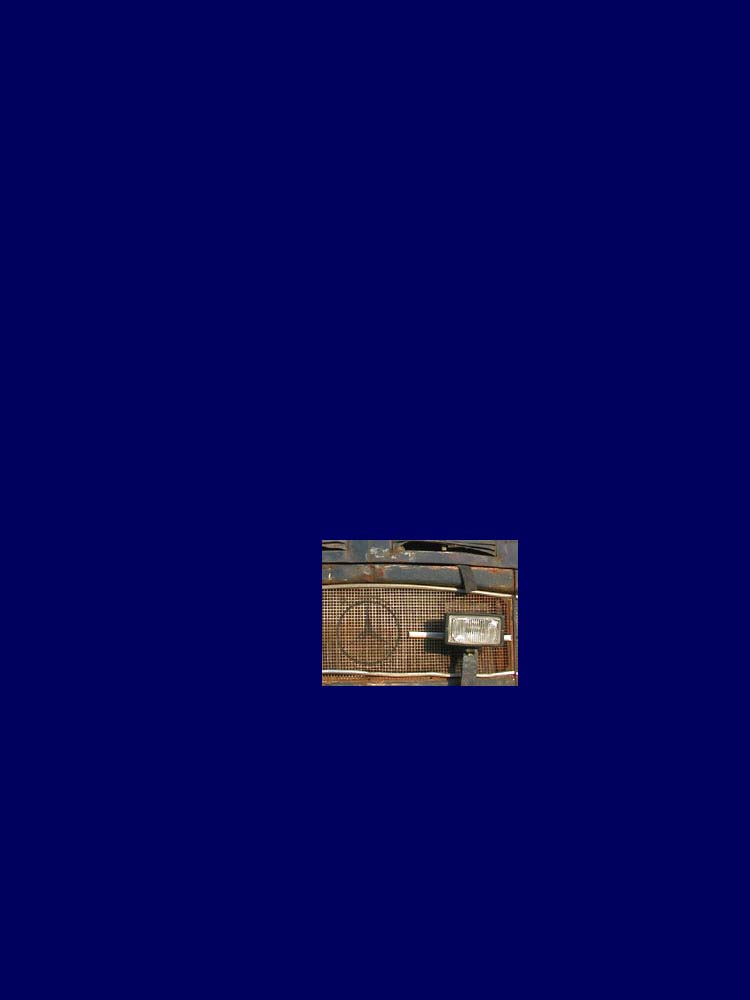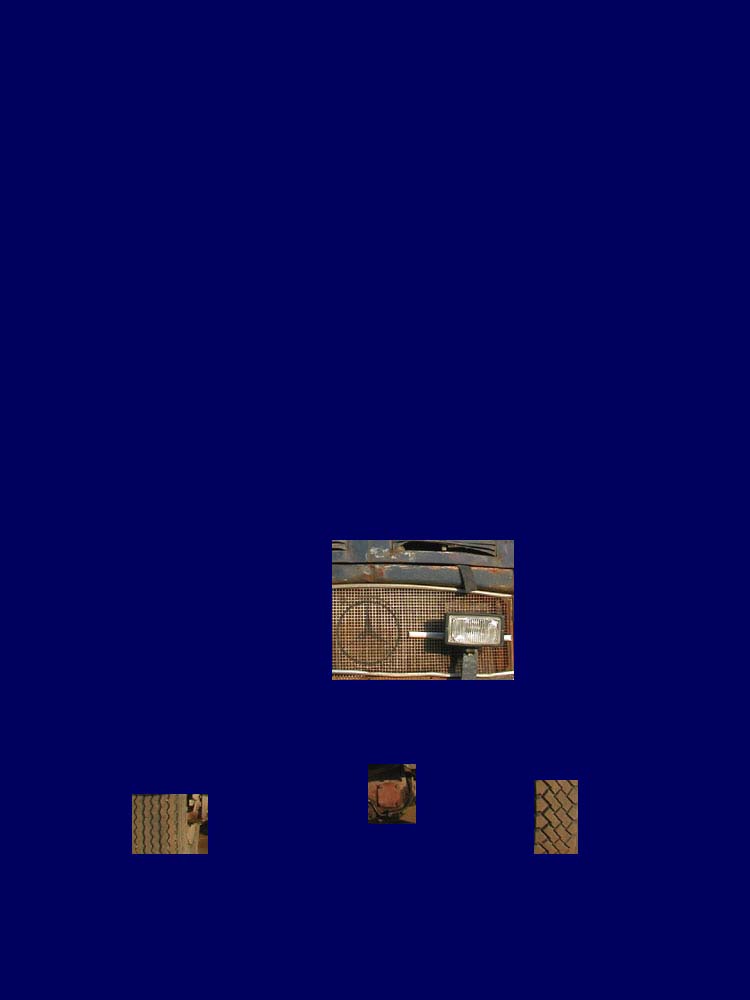 |
 |
 |
 |

|


|
|
|
|
|
|
#1
|
||||
|
||||
|
DIY better car photography...
Apparently, car photography has become a mayor issue in this forum. Well, that’s much better than rightclicked babes which don’t know anything about her luck being posted here. And hey Eric, another 55 pages to post and you keep up with those beauties
 Some say, that occasionally I come up with some decent car photography. To be honest, it is actually not that tough to come up with good pictures. Here are a few steps to improve your work. Not all of the pictures in this thread are done by myself, I borrowed some of friends of mine. So, here we go: Perspective Perspective is everything! Regardless of the car you have in front of you, there is one general rule of thumb: Low camera point makes every car big, dynamic and mighty:  See, very mighty! When you choose a higher camera position (especially if you can see the roof) the car appears smaller:  Same car, not so mighty. There is nothing wrong with higher camera positions, ‘though. Higher camera positions are very useful to put the car into some kind of interaction with the background  See how the photographer neatly placed the car in the low right corner on the road. Also he put a nice diagonal line into the picture (which on the other hand caused the lamppost and the horizon to be in an awkward angle to the picture frame. That is pardoned here, because of the neat composition of the whole picture. You can break rules, when you have a good reason  High camera position is also o.k. for documentary photography.  Composition A rule for proportions called “golden section” has been known since the ancient Greeks days and was first described by the Italian mathematic Leonardo Fibonacci (about 1180-1240). The term is: a : b = b : (a + b) |
|
#2
|
||||
|
||||
|
Rescht vom Fescht...
too many pictures, had to divide the post
What does that mean? In short: If stretch b is about 1.618 times longer than stretch a, you have proportions which are harmonic and nice to look at.  How does that looks like in real car photography? Well, like this  Or roughly like this  Look where the road hits the horizon? Look where the horizon hits the frame of the picture on the right side) (yeah, twisted again  ) )Again we see diagonals which give the picture a lot of tension. Look at this  The treeline is the big diagonal in that picture. Off course, the dynamics of the white line on the road and the guardrail are the major part of this picture. Well. So much for today. I can highly recommend everybody who wants to improve his photography skills to look carefully at good photography of others and try to analyse why you like a particular picture. Don’t copy! Get inspired!  Kind regards Eberhard |
|
#3
|
||||
|
||||
|
Great Tips, Eberhard! As a further suggestion, grab car brochures whenever you can and study their composition, lighting and framing. Generally you'll see the cars photographed with their lights on, 3/4 angle shots from the front, panned side shots for the "speed blur" and as Eberhard pointed out, the low angle 3/4 rear shot, usually highlighting the exhaust tips and tread pattern of the tires. One "cliche" we should all avoid . . . those starburst filters from the 70's!

|
|
#4
|
|||
|
|||
|
I don't know much
But what I do know is that in black and white photography (which I have been sort of doing) it is all about the contrasts. My film processor's chemicals were a bit old (meaning blue hue on color film according to my dad) so everything when scanned in black and white looked very uni-tone. Which worked out well for what I wanted to do, but after messing around in photoshop, I find higher contrast in b&w photographing seems to draw your eyes to certain places, instead of stretching your eyes across a wide surface.
Just my two cents. From this:  To:  More dramatic: From  to  Of course, I have photoshop now, so edited. |
|
#5
|
||||
|
||||
|
Thanks for the tips Eberhard.
For a different slant on motorcycle pics you can always fill 1/2 the picture with smoke right before a 200+ mile run on a Harley Davidson  . .
__________________
Jim |
|
#6
|
||||
|
||||
|
For best car lighting, shoot on overcast days, or early/late light. Don't shoot in direct sunlight. Too harsh and unflattering.
__________________
John Shellenberg 1998 C230 "Black Betty" 240K http://img31.exs.cx/img31/4050/tophat6.gif |
|
#7
|
||||
|
||||
|
Night photography
Digital cameras made night photography so easy. With normal film you always had to calculate the right exposure (took a lot of experience) and to a couple of shots with different settings. The fast quality control with todays digicams help a lot for that purpose. It is important to understand, that you try to avoid movements of the camera towards the object you want to have a sharp image. A tripod helps a lot, sometimes I just put the camera on a rock, on a bag or anything which I find. Doing the interior shots I press the camera to the roof of the car. When you want to photograph from the moving vehicle to the outside, I rest the camera on the steering wheel or, a a passenger, on a doorframe or whatever is handy.  This pic was taken with the camera sitting on the road (yes, I have to fix the second light for the number plate)  Using the available light with the camera on a tripod  Tripod again. At night and with low light the headlights should be on to avoid to have a dead looking car.  Try to avoid to use the flash  See, much better  I really prefer the available light. Looks much more natural  Interior shot: Put the camera on a long shutter speed like 1/8 and wait till you get into brighter parts of town. Tunnels are very good for this kind of photography. Kind regards Eberhard |
|
#8
|
|||
|
|||
|
If you trun the flash on when it's overcast you can get some really cool photos with blinkers and other reflectors.
How about night pictures any tips? |
|
#9
|
|||
|
|||
|
Gorgeous pics Eberhard!
Hope you don't mind if I right click some of these 
__________________
63 220S W111 76 300D W115 2013 VW JSW TDI M6 previously- 73 280 SEL 4.5 86 300E 5 speed 2010 VW Jetta TDI M6 |
|
#10
|
||||
|
||||
|
Not at all. Download them, put them on your desktop, put them at your wall.
But please don't publish them anywhere  Kind regards Eberhard |
|
#11
|
||||
|
||||
|
To get the photography started again (what about getting this thread sticky, it might be interesting for a greater audience
 ) )Can someone tell me, which engine propells the vehicle in this pic. I will add more of the pic every day. The winner will get a "Stuttgart"- badge  Kind regards Eberhard 
|
|
#12
|
||||
|
||||
|
My guess is that it is a diesel engine Eberhard
 . Good idea to get this thread "stuck". Hey moderator - over here . Good idea to get this thread "stuck". Hey moderator - over here . .
__________________
Jim |
|
#13
|
||||
|
||||
|
Diesel? Well, that would be too easy.
Name of the engine, displacement, power...  I know you could do better... Kind regards Eberhard |
|
#14
|
|||
|
|||
|
its a unimog.. 416?
edit: noticed the vents on the hood... so i don't know for sure. Last edited by Snibble; 08-18-2003 at 05:21 PM. |
|
#15
|
||||
|
||||
|
It is a Diesel, but it is not a Unimog
 On CNN a couple of days ago you could see this vehicle as a fire truck at the burning pipeline. Here we go with more clues:  Kind regards Eberhard |
 |
| Bookmarks |
| Thread Tools | |
| Display Modes | |
|
|